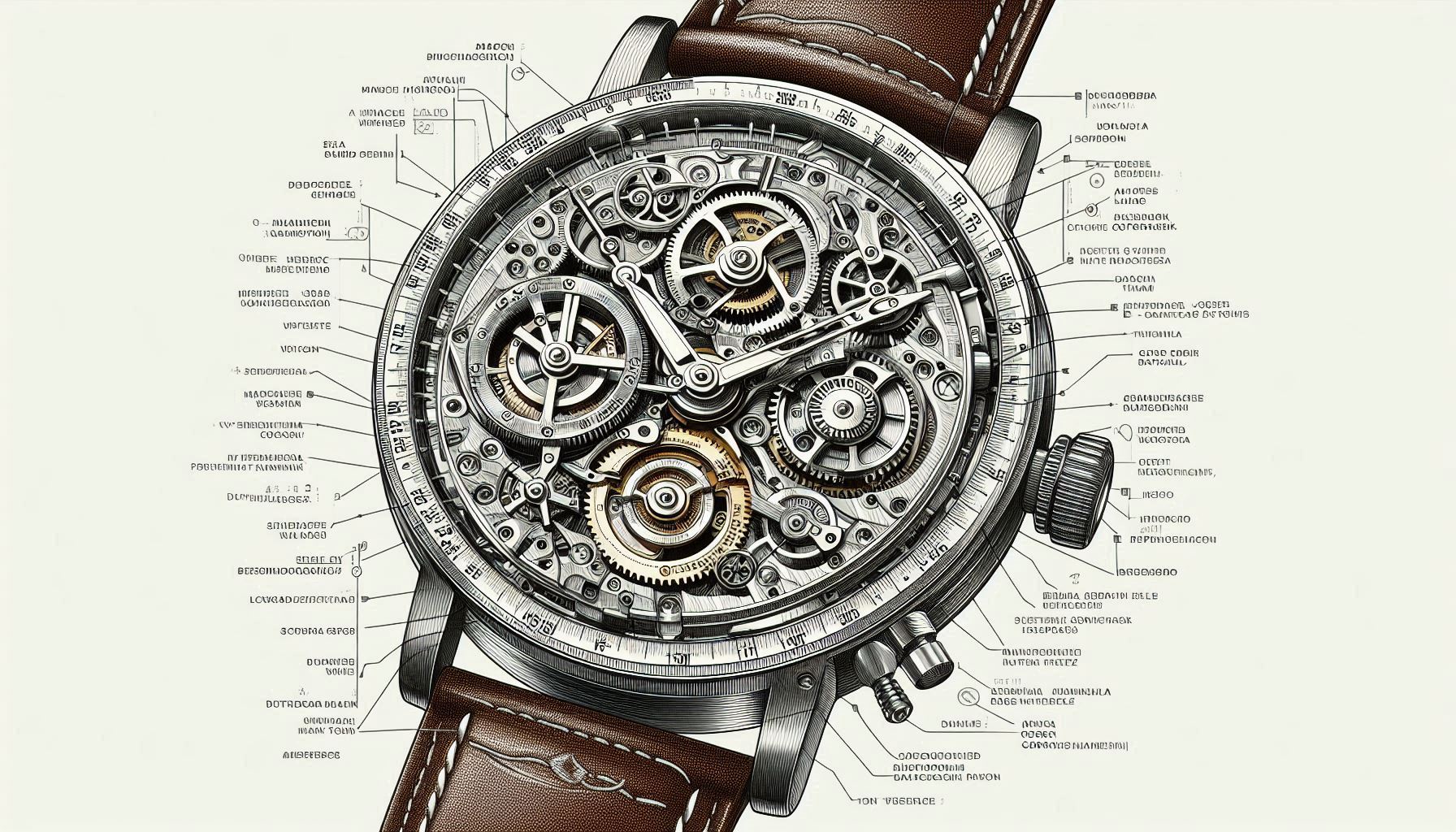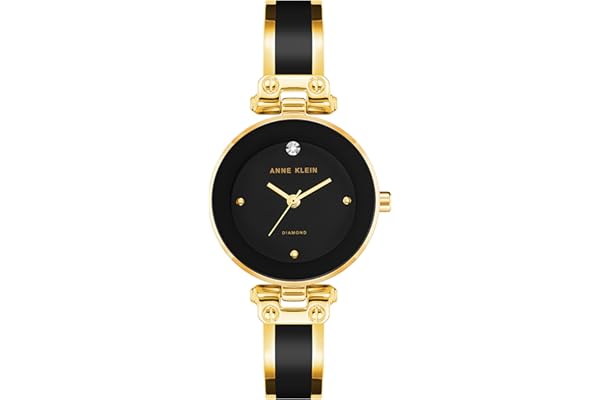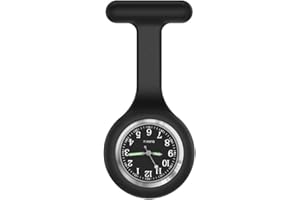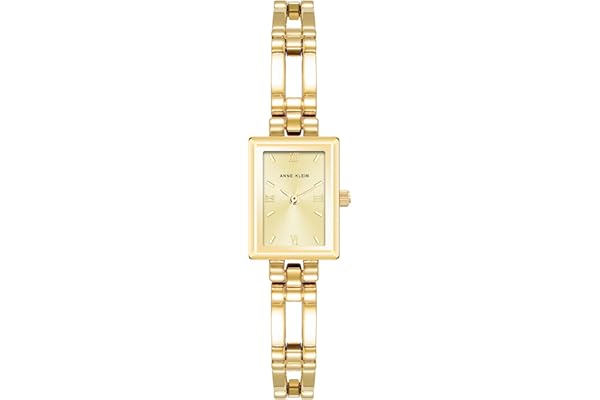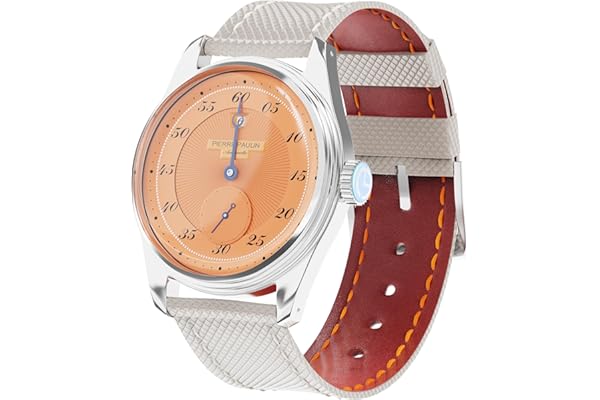How to Read Watch Specifications?
Contents
Understanding Watch Movements
When diving into the world of watch specifications, the first and foremost aspect to grasp is the movement. A watch’s movement, also known as the caliber, is the engine of the watch that drives its timekeeping functions. There are primarily three types of movements: mechanical, automatic, and quartz. Mechanical movements are powered by a manually wound spring and are often cherished for their craftsmanship and tradition. These movements require the wearer to wind the watch regularly, usually every day or two.
Automatic movements, on the other hand, are self-winding. They harness the kinetic energy produced by the wearer’s wrist motion to wind the mainspring. This type of movement is highly favored by enthusiasts who appreciate the blend of mechanical ingenuity and convenience. Quartz movements, meanwhile, are battery-powered and are renowned for their precision and low maintenance requirements. Understanding these movements is crucial because they significantly influence a watch’s price, maintenance needs, and overall value.
Each movement type has its pros and cons. Mechanical watches, for instance, are often seen as the pinnacle of watchmaking artistry. They can last for generations if well-maintained, but they require regular winding and servicing. Automatic watches offer the benefit of mechanical artistry without the need for daily winding, but they still require periodic servicing. Quartz watches are highly accurate and require minimal maintenance, but they lack the traditional allure of mechanical movements. Knowing these differences helps in choosing the right watch that aligns with your preferences and lifestyle.
In addition to the movement type, the quality of the movement can vary significantly. High-end watches often boast in-house movements that are meticulously crafted and assembled by the watchmaker. These movements are typically more expensive but offer superior craftsmanship, reliability, and prestige. Understanding these nuances can help you make informed decisions when evaluating watch specifications.
Deciphering Case Materials and Sizes
The case of a watch is another critical specification that affects both aesthetics and functionality. Watch cases come in a variety of materials including stainless steel, titanium, gold, and ceramic. Stainless steel is the most common material due to its durability, resistance to corrosion, and relatively low cost. Titanium offers similar benefits but is lighter, making it an excellent choice for those who prefer a lightweight watch.
Gold and platinum cases are often found in luxury watches and add significant value due to the precious nature of these metals. Ceramic is a more modern material that offers scratch resistance and a unique aesthetic. The choice of case material not only impacts the watch’s durability and weight but also its price and prestige. It’s important to consider these factors when assessing a watch’s specifications.
Case size is another specification that can greatly influence the watch’s appearance on the wrist. Watches are measured in millimeters, usually referring to the diameter of the case. Common sizes range from 36mm to 44mm, with smaller sizes often considered more traditional and larger sizes offering a more modern and bold appearance. The thickness of the case is also a consideration, as slimmer watches are often seen as more elegant and can fit more comfortably under a shirt cuff.
When choosing a watch, it’s essential to consider your wrist size and personal style preferences. A watch that looks perfectly proportioned on one person may appear too large or small on another. Trying on different sizes and materials can provide a better sense of what feels right on your wrist and complements your personal style.
Evaluating Water Resistance and Durability
Water resistance is a key specification that indicates how well a watch can withstand exposure to moisture. This is particularly important for those who plan to wear their watch while swimming, diving, or in other wet environments. Water resistance is typically measured in meters, and common ratings include 30m, 50m, 100m, and 200m.
A 30m water resistance rating means the watch can withstand splashes or brief immersion in water, but it is not suitable for swimming. A 50m rating allows for swimming but not diving. Watches with a 100m rating are suitable for swimming and snorkeling, while those rated at 200m or more are designed for diving. Understanding these ratings is crucial to ensure you choose a watch that meets your specific needs and activities.
In addition to water resistance, durability is another important factor to consider. Features such as scratch-resistant sapphire crystal, robust case materials, and reinforced crowns can enhance a watch’s resilience to everyday wear and tear. For those who lead active lifestyles or work in demanding environments, these specifications can provide peace of mind that their watch will remain in good condition.
It’s also worth noting that regular maintenance and care can help maintain a watch’s water resistance and durability. Over time, seals and gaskets may degrade, and it’s advisable to have the watch checked by a professional to ensure it remains water-resistant. Understanding these durability specifications and maintenance requirements can help you choose a watch that will stand the test of time.
Exploring Additional Features and Complications
Beyond the basic timekeeping function, many watches offer additional features and complications that enhance their functionality and appeal. Common complications include date displays, chronographs, moon phases, and dual time zones. Each of these features adds complexity to the watch’s movement and can increase its value and utility.
Date displays are one of the most common complications and provide the convenience of having the current date readily available on your wrist. Chronographs offer stopwatch functionality, which can be useful for timing events or activities. Moon phase displays add an artistic element to the watch and show the current phase of the moon, a feature appreciated by those who value both aesthetics and tradition.
Dual time zones, also known as GMT functions, are ideal for travelers or those who frequently communicate across time zones. These watches allow the wearer to track two different time zones simultaneously, making them a practical choice for globetrotters. Understanding these features can help you select a watch that not only tells time but also complements your lifestyle and needs.
When evaluating watch specifications, it’s important to consider how these additional features align with your daily activities and interests. While some complications may be purely decorative, others offer practical benefits that can enhance your experience with the watch. Balancing functionality with aesthetics is key to finding a watch that truly suits your individual preferences.
Assessing Brand Reputation and Heritage
The brand behind a watch can significantly influence its perceived value, quality, and desirability. Renowned watchmakers with a long history of craftsmanship and innovation often command higher prices and are sought after by collectors and enthusiasts. Brands such as Rolex, Patek Philippe, and Omega are known for their exceptional quality, precision, and timeless designs.
When reading watch specifications, it’s beneficial to research the brand’s heritage and reputation. A brand with a storied history may offer watches that are not only reliable and well-crafted but also carry a sense of prestige and exclusivity. Understanding the brand’s ethos, values, and contributions to horology can provide insight into the watch’s overall value and appeal.
In addition to heritage, it’s important to consider the brand’s customer service and warranty policies. A reputable brand should offer excellent customer support and a reasonable warranty period to address any issues that may arise with the watch. This assurance can provide peace of mind and confidence in your purchase.
Ultimately, choosing a watch is a personal decision that involves balancing technical specifications with brand reputation, aesthetics, and personal preferences. By understanding how to read watch specifications and considering these various factors, you can make an informed decision and select a timepiece that will bring you joy and satisfaction for years to come.
